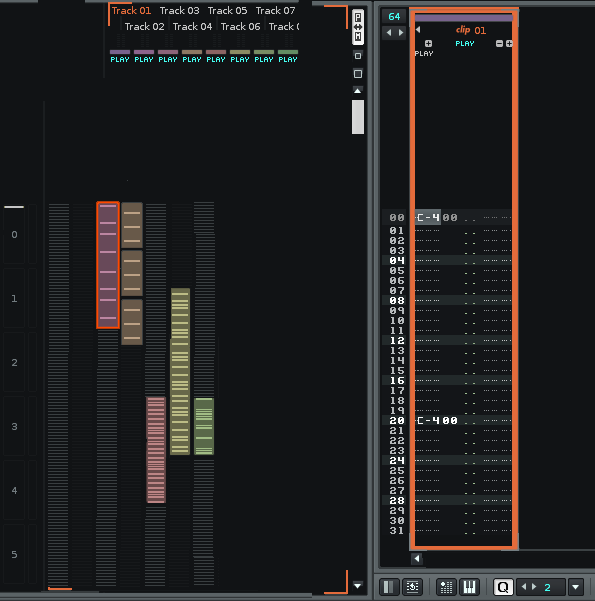[quote=“Knetter”]
But then without pattern quantizing, so there will be no pattern borders anymore in the sequencer – it will all be lines (which can be zoomed out to birdeye’s view so you can see the whole song and all different tracks). In fact, the pattern idea will be history and perhaps only exists as indicator. Somehow this relates to the “clips” idea but then only basic functionality.
So, with my poor PS skills I created a mockup:
3253 
How do you know which of your patterns are on each track you are looking at? Your design just gives you a load of random lines (or might as well be random) to represent each pattern. Wouldn’t the Buzz Sequence Editor way be better? See my screenshots here:
And it would be really helpful if people suggesting new ways of sequencing patterns, etc. could actually try Buzz, to see how Buzz does it - you might like it.
As it is, I am endlessly frustrated by the pattern matrix in Renoise - admittedly it’s better than nothing, but it’s just so much slower than the Buzz Sequence Editor.